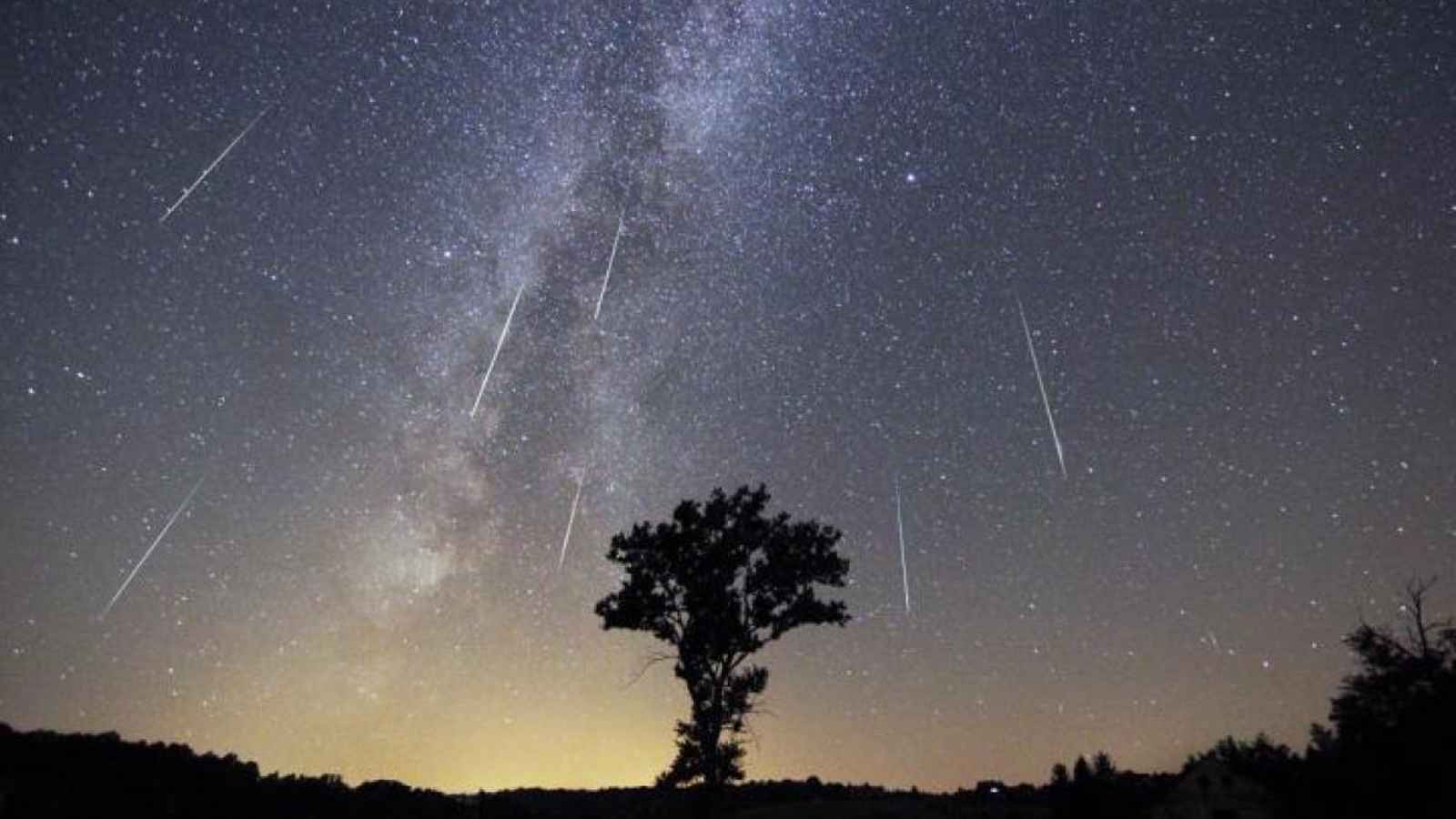Every year, on August 9, the Annual Perseid Meteor Shower Peak Night is commemorated. This day marks the apex of the Perseid meteor showers, when the meteors are at their brightest. To observe these Perseid meteors, no special apparatus or expensive telescope is required. They are visible to the unaided eye in the entirety of the sky. Nevertheless, it also depends on the local climate. Cloudy nights typically obscure the view to the point where only fragments of faint shimmer can be seen. But if the sky is clear and dark, you can witness this once-a-year event from the comfort of your own home. This magnificent experience is not to be missed, so ascend to your rooftop and lie on your back.
The background of Annual Perseid Meteor Shower Peak Night
In 285 A.D., the Catholics conducted the first observation of the Perseid meteor showers. Following the martyrdom of Saint Lawrence, it was widely believed that the annual Perseid showers were the saint’s weeping returning to Earth. According to legend, the saint was burnt to death, and these meteor showers are sparks from the fire. Its cooled remnants are referred to as ‘Saint Lawrence’s coal’ This event promptly became the basis for August 10’s Saint Lawrence Day.
In 1836, Belgian astronomer Adolphe Quetelet recorded a greater frequency of Perseid meteors from a scientific standpoint. After a year of research, he informed other astronomers that the apex of the meteor shower would occur on August 10. Indeed, it did occur on August 10, 1837. However, Quetelet was unable to witness the phenomenon due to poor weather conditions in his region. After Swift-Tuttle’s perihelion passage in 1866, the Italian astronomer Giovanni Virginia Schiaparelli discovered the connection between comets and Perseid meteor showers. Through correspondence with colleague astronomer Angelo Secchi, this recorded theory was uncovered.
This year’s Perseid meteor showers will not be as spectacular as those in 2021 because the sky will be illuminated by a brilliant full moon. However, fragments of brilliant and sharp meteor traces can still be seen in the sky. According to NASA, you will be able to observe 100 meteors per hour if the sky is clear. The ideal time to observe the peak is just before dawn, when the sky is at its darkest.
Co Working Day 2023: Date, History, Facts, Activities
Nagasaki Memorial Day in Japan 2023: Date, History, Facts about Nagasaki
Hold Hands Day in United States 2023: Date, History, Facts, Activities
Annual Perseid Meteor Shower Peak Night Events
Lie back and experience it for yourself
There is no better way to spend this evening than remaining up late, climbing to your roof, and lying on your back. If the weather is ideal, the sky will be illuminated by brilliant showers.
Check out “Curious George”
The phenomenon of the Perseid meteor shower is depicted in considerable detail in the “Curious George” television series. Observe this programme to discover more about this astronomical event.
View “Puffin Rock” on Netflix.
A more popular Netflix series also examines the magnificent phenomenon of the Perseids. Examine “Puffin Rock.” It is the best show to view to get you in the mood for the meteor shower.
5 Facts Regarding Meteors and Perseids
Perseids can reach speeds of 37 miles per hour.
Comet Swift-Tuttle, the greatest object to repeatedly pass by Earth, generates the Perseids.
Due to the heat of the atmosphere, the Perseids transform into a meteor that dissipates upon entering the Earth’s atmosphere.
In 2126, Swift-Tuttle will return to Earth.
The term’meteor’ comes from a Greek word that means’suspended in air.’
ANNUAL PERSEID METEOR SHOWER PEAK NIGHT DATES
| Year | Date | Day |
|---|---|---|
| 2023 | August 9 | Wednesday |
| 2024 | August 9 | Friday |
| 2025 | August 9 | Saturday |
| 2026 | August 9 | Sunday |
| 2027 | August 9 | Monday |




